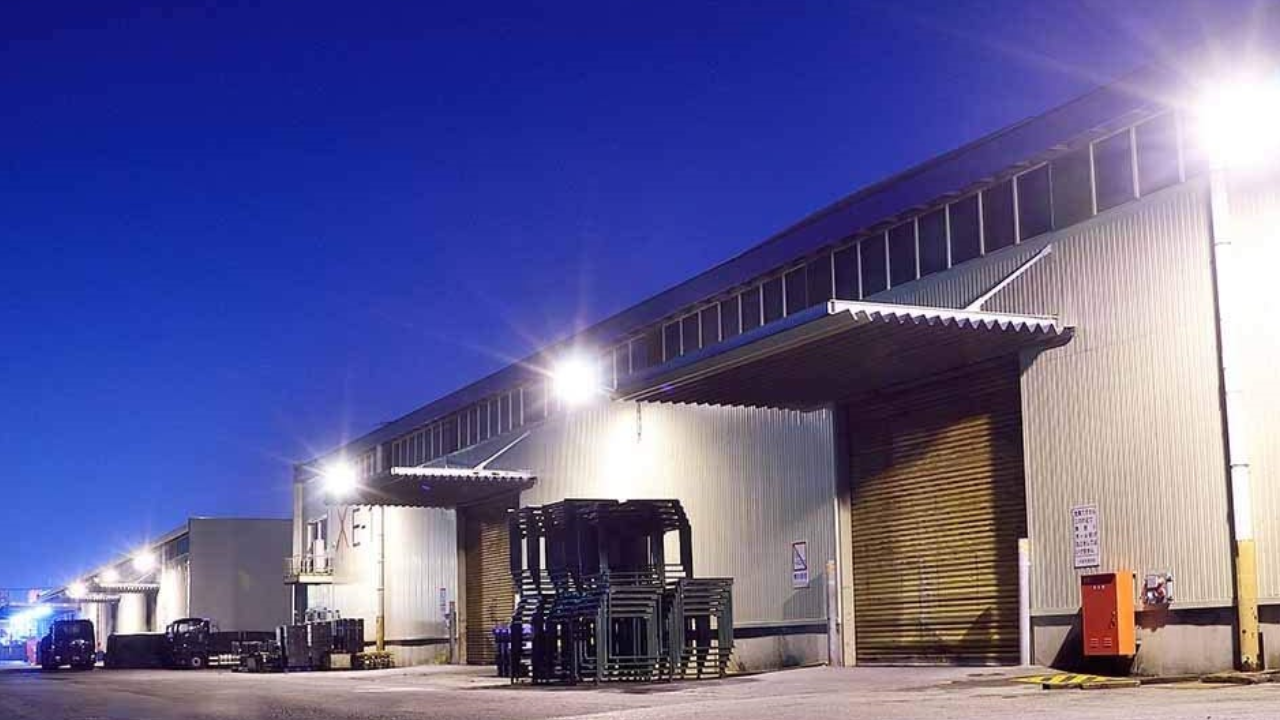Metallic Halide fixtures are commonly used for outside and indoor lighting in numerous programs which include stadiums, parking lots, warehouses, and retail areas. Their shiny, white light makes them suitable for illuminating big regions with high ceilings.
The replacement of Metal Halide fixtures is preferred for their potential to supply extremely mild output, making them ideal for sports activities venues, industrial centers, and industrial settings wherein high visibility is critical. However, they’re being progressively changed via greater electricity-efficient and longer-lasting LED light solutions due to their better energy intake and shorter lifespan.
Metal halide fixtures produce an excessive-intensity white light that is appropriate for a spread of programs by way of the use of an aggregate of steel halide salts and mercury vapor. They may be often positioned outdoors, which includes parking lots, sports fields, and stadiums, and they provide brilliant illumination over significant regions. They are adaptable enough to paintings in indoor areas like retail stores and warehouses.
Challenges Faced When Replacing Metallic Halide Fixtures
Retrofitting metallic Halide (MH) fixtures with LED lights offer several benefits, which include strength savings, improved light first-rate, and longer lifespan. However, numerous not unusual demanding situations can arise during the retrofit process. Here are some of those challenges in conjunction with their answers:
Fitting and Compatibility Issues
LED retrofit lamps may not fit nicely into present MH fixtures, leading to setup difficulties. You can select LED retrofit lamps particularly designed to suit common MH fixtures or utilize retrofit kits that consist of adapters or mounting brackets to ensure compatibility.
Electric Compatibility
Metallic Halide fixtures can also have different electrical requirements, including voltage and wiring configurations, as compared to LED lamps. You can confirm the electrical compatibility of LED lamps with the present fixtures. In some cases, rewiring or the installation of LED drivers or ballasts can be important to ensure proper operation.
Heat Dissipation
LED lamps generate much less heat than MH bulbs, which can cause overheating issues if not nicely controlled. You can install LED lamps with effective heat sinks or thermal control structures to dissipate heat and save you untimely failure. Adequate ventilation around the fixtures has to also be ensured.
Light Distribution and Beam Angle
Metallic Halide fixtures may also have a particular light distribution sample or beam angle that differs from LED lamps. You can select LED lamps with comparable light distribution styles or pick retrofit kits that consist of optics or diffusers to obtain the favored beam angle and light distribution. Proper positioning and alignment of the LED lamps can also assist optimize light distribution.
Dimming Compatibility
Some MH fixtures may not be compatible with dimming controls typically used with LED lighting fixture systems. You can choose LED lamps and dimming controls that are well-matched with each other. Alternatively, take into account retrofitting fixtures with dimmable LED drivers or ballasts to allow dimming functionality.
Coloration Temperature and CRI
LED lamps may produce light with different color temperatures and coloration rendering index (CRI) compared to MH bulbs, affecting the general lighting best. You can choose LED lamps with shade temperatures and CRIs that are in shape or exceed the lighting fixture characteristics of MH bulbs. Super LED lamps with accurate coloration rendering can assist in maintaining visual clarity and color consistency.
Concluding Remarks
Retrofitting Metal Halide fixtures with LED lights gives several points, however, it’s crucial to deal with common demanding situations efficiently to ensure a successful retrofit. By carefully deciding on well-suited LED lamps, dealing with electrical and thermal concerns, optimizing light distribution, and addressing dimming and color-pleasant necessities, it’s possible to acquire electricity-green, fantastic lighting fixtures that meet the needs of diverse programs. Consulting with lighting fixtures experts or manufacturers can offer precious steering and assist all through the retrofit procedure.

